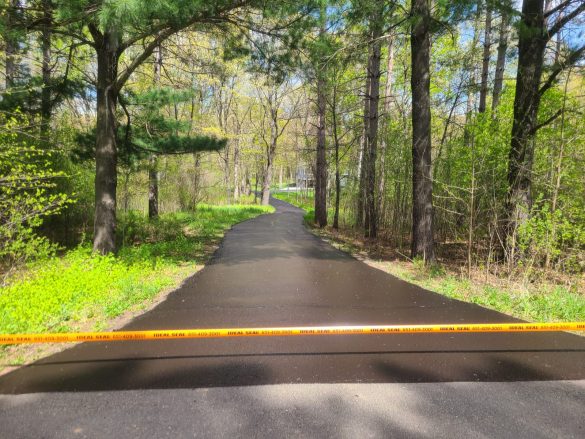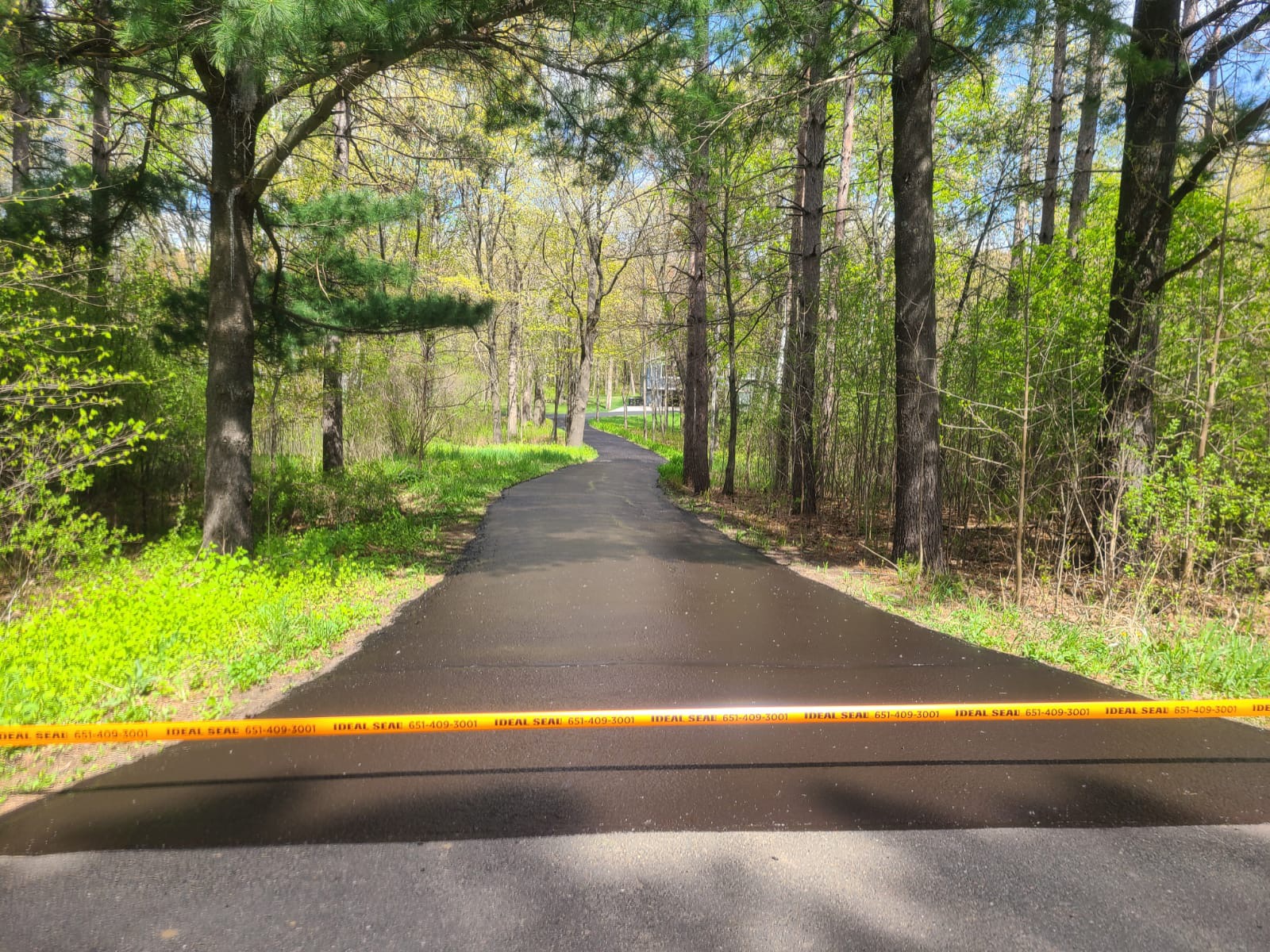 Snowstorms, torrential rain, and the regular wear and tear of traffic may all take a toll on the asphalt in your parking lot or driveway. An asphalt sealcoat can help to safeguard your driveway and investment.
Snowstorms, torrential rain, and the regular wear and tear of traffic may all take a toll on the asphalt in your parking lot or driveway. An asphalt sealcoat can help to safeguard your driveway and investment.
But what does sealcoating actually accomplish?
We must first talk about how asphalt functions in order to help with the solution to that query.
Since asphalt is adaptable, waterproof, and contains some adhesive components that bind and hold the aggregates in the pavement, it is frequently used for road building and paving.
It was an improvement over the outdated methods of building roads that needed graded stone aggregate to spread, a system that required routine maintenance and only functioned if the materials employed remained stable and dry.
Asphalt prevents the gravel used to construct roadways from collecting water, increasing its overall durability and capacity to bear weight.
Stone aggregate and asphalt cement are the main components of contemporary asphalt. The pavement on the top side of the road essentially covers a bed of stone that carries the weight of the cars. It must be elastic in order to expand and shrink without losing its structural integrity.
Why is sealing required for asphalt?
Asphalt has excellent waterproofing and adhesion qualities, but its chemical makeup also includes drawbacks that make it simpler for salt, water, and other substances to break down its molecular structure.
Pavement loses its ability to bond and waterproof as the asphalt molecules age. When roads change from black to grey, this phenomena is plainly seen.
Asphalt can also be dispersed by other petroleum products like grease, oils, and fats because it is a petroleum distillation byproduct.
As a result, if gas or oil escapes onto the asphalt, the compounds that are identical to those in the gas or oil dissolve. On roads, where traffic regularly presses oxidized surface layers into the pavement, this isn’t much of a problem.
However, asphalt breakdown becomes a problem on less-used surfaces like parking lots and driveways.
What Is the Process of Sealcoating?
Here, sealcoating is relevant. You may help guard your asphalt against this kind of degradation by adopting a preventative strategy.
This is how the procedure goes:
- Employees will use power shears to clip grass that hangs over your pavement’s edge.
- All accumulated trash, dust, filth, and stone are removed from the pavement as a whole. A flawless sealcoat application requires a spotless surface.
- To help remove surface solvents from the asphalt, oil and other petroleum stains will be heat flashed. This is done prior to applying a single coat of oil spot primer to ensure a solid bond between the freshly applied sealer and the indicated areas.
- Workers clean out debris and filth from 3/8-inch or larger cracks before filling them with hot rubberized tar crack sealant and coating them with Black Beauty sand to improve the sealing material’s adherence.
- After that, the sealing team will clean any areas that have chicken wire cracks and seal them using rubberized hot crack sealer. Potholes can be fixed if the property owner requests it.
- The sealcoating is applied with a brush. The sealcoating ingredients utilized include a rubberized epoxy polymer latex coupled with a pavement sealer polymer, which offers a deep black color and increased flexibility after drying. Sealants include silica and sand for increased tensile strength and traction.
- After the sealcoating has been applied, it must be left alone for about 48 hours. Then, exercise gentleness. The surface has sharp twists. So don’t spin the wheel while the car is still.
What Sealcoating Can Do for You
If it’s time to give your parking lot or driveway a fresh start, Ideal Sealcoating can help. We have assisted businesses and homes in maintaining their parking lots and driveways so that they are strong, safe, and present their best selves.
Call us right away to schedule an appointment, or go to our website to get an estimate.

